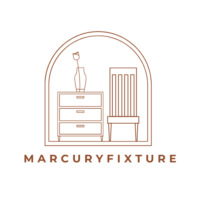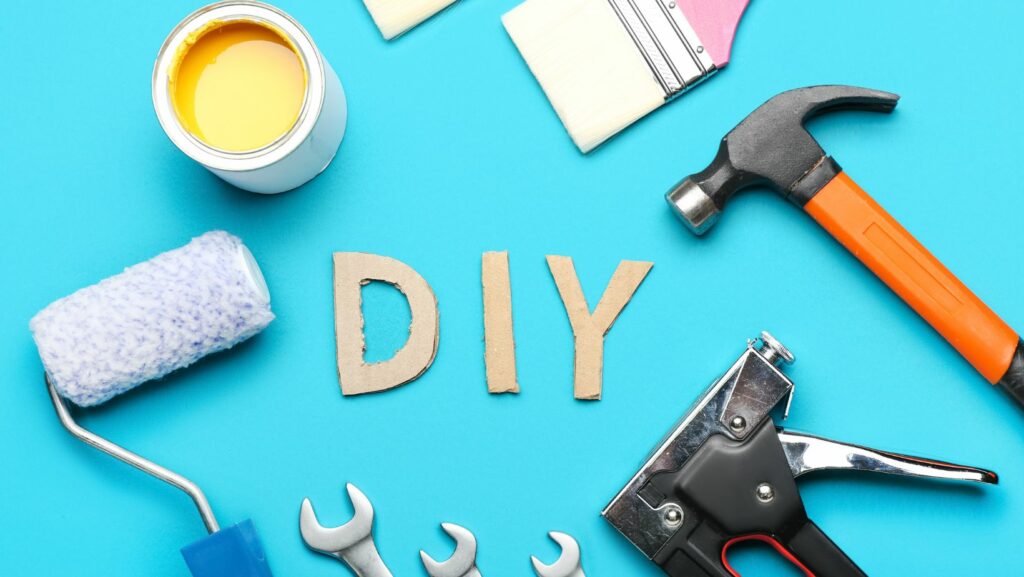Unleashing creativity has never been more exciting than with DIY metal projects. They’re not just a fantastic way to spend leisure time, but they also offer a chance to create something truly unique. From intricate jewelry pieces to robust furniture, the possibilities are endless.
DIY Metal Projects

DIY metal projects pave the path for creativity and personal expression. They encompass a vast range, say, jewelry to furniture. No two creations resemble each other, making each project a unique artwork. The complexities these projects present could be nerve-wracking, yet there lies immense satisfaction in conquering those challenges. For the experienced DIYer, these tasks provide a mentally stimulating workout. For the beginner, they provide an opportunity for exponential learning.
How the DIYer approaches these tasks is crucial. Utilizing trusted resources for guidance ensures a smoother journey. Expert tips and tricks gleaned from these resources empower DIYers, simplifying their endeavors. By assimilating such wisdom, DIYers gain the ability to transform simple metal pieces into remarkable objects.
So, understanding DIY metal projects is about embracing the process, leveraging the right resources, and continually learning. It’s an exciting journey of transforming raw elements into expressive creations.
Beginner-Friendly DIY Metal Projects

Venturing into DIY metal projects doesn’t need intimidating, especially for novices. Starting with beginner-friendly projects could help maintain interest, provide practice, and build skills. Several simple tasks make excellent entry points.
First, metal kitchen utensils can offer perfect ground for exploration. Making your own spoons or spatulas allows a hands-on experience for understanding the basics of metal manipulation.
Second, wind chimes comprise another accessible project. Besides requiring basic metalwork skills, such as cutting and drilling, they also allow for personal expression through design and sound.
Lastly, consider a DIY metal picture frame. This project calls for precise measuring and cutting, fostering attention to detail, crucial in metalworking.
Embarking upon these initial projects enables newcomers to acquire necessary techniques, apply safety practices, and appreciate the gratification of completing a DIY metal project. Remember, every first-time struggle introduces lessons and valuable experiences on your DIY journey. Precaution, persistence, and patience remain key throughout the endeavor.
Advanced DIY Metal Projects
Moving beyond basic undertakings, advanced DIY metal projects offer an opportunity to further develop expertise and showcase artistic prowess. For accomplished DIY enthusiasts, these ventures demand intricate skills, besides a steady hand to aid in crafting detailed works of art from metal. Trade the rudimentary kitchen utensil designs and picture frames for grander projects, such as ornate wall art, personalized jewelry boxes, or even intricate garden sculptures. Unlike initial projects, these involve complex techniques, require unique tools, and often necessitate a profound understanding of metalworking. Embarking on these creations rewards perseverance and creativity with enhanced artistic dexterity, crafting challenges that test endurance, and intricate creations adding distinctive charm to any setting. Remember, safety remains integral, even as expertise grows and project complexities increase. Ultimately, advanced DIY metal storage project’s success lies wholly in individual expertise, commitment, and artistic vision.
Safety Tips and Best Practices

Understanding the proper safety measures holds paramount importance when working on advanced DIY metal projects. While transforming a piece of metal into a work of art, injuries can occur if one isn’t careful. Wearing proper protective gear is not optional, it’s a necessity. For instance, noise-canceling headphones protect one’s hearing when working with loud machinery, while a pair of welding gloves safeguard against burns.
Additionally, maintaining a clean, organized workspace helps avoid accidents. Tools scattered around could cause slips or trips, emphasizing the need for their proper storage.
Moreover, respect for the tools is obligatory. Handling power tools with care and understanding their operation in detail eliminates the risk of mishandling, thus minimizing injuries. Reading the manual before using a new tool, for example, can provide critical safety guidelines.
Finally, taking regular breaks during work ensures one doesn’t get overtired. Fatigue can lead to mistakes which might result in accidents. Hence, frequent rests are a smart move to avoid mishaps while preserving creativity and attention to detail.



